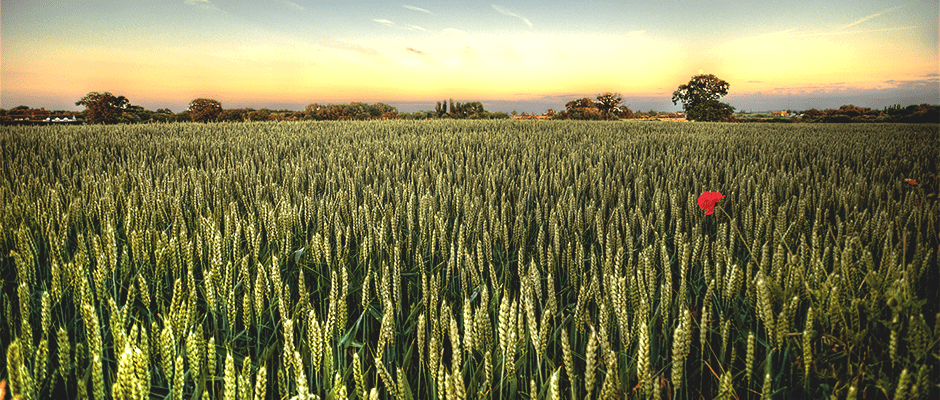Share this article
Conservation benefits from increasing farming’s food yield
The intensification of food crops in fields could help conserve wild spaces, according to a new study.
“Reconciling agriculture and conservation is one of this century’s greatest challenges,” said Ben Phalan in a release. Phalan works with Cambridge University’s Department of Zoology and is the lead author of a study published recently in Science. “To help meet that challenge, we need to move on from thinking about higher yields simply as a means to produce more food, and to use them to free up land for conserving biodiversity and ecosystem services.”
The thinking goes that concentrating farming in certain areas will help spare other areas as food needs can be met with less space. Some of this can be accomplished through so-called “land-sparing mechanisms” that pair food-yield increases on farms with subsidy schemes that ensure other areas remain wild.
While intensified agriculture can carry problems like the focus on monoculture in large areas, this kind of farming is the “least worst option,” according to Andrew Balmford, a professor of conservation science at Cambridge and a coauthor in the study.
“Sparing tracts of land as natural habitat is much better for the vast majority of species than a halfway house of lower-yielding but ‘wildlife-friendly’ farming.”
One potential way of doing this is by creating land-use zones. Sometimes economic incentives can help with this — in the Himalayas, some herders are compensated for giving up pastures for wild sheep. This is doubly beneficial for the farmers as the sheep provide alternative food for snow leopards (Panthera uncia), and lowers the amount of livestock the cats kill.
The authors said that intensified farming techniques also bring economic benefits to farmers.
“Making space for nature is largely a question of societal and political priorities,” said Phalan. “The challenge is less whether it’s possible to reconcile farming and conservation, than whether those with power are willing to make it a priority.”








